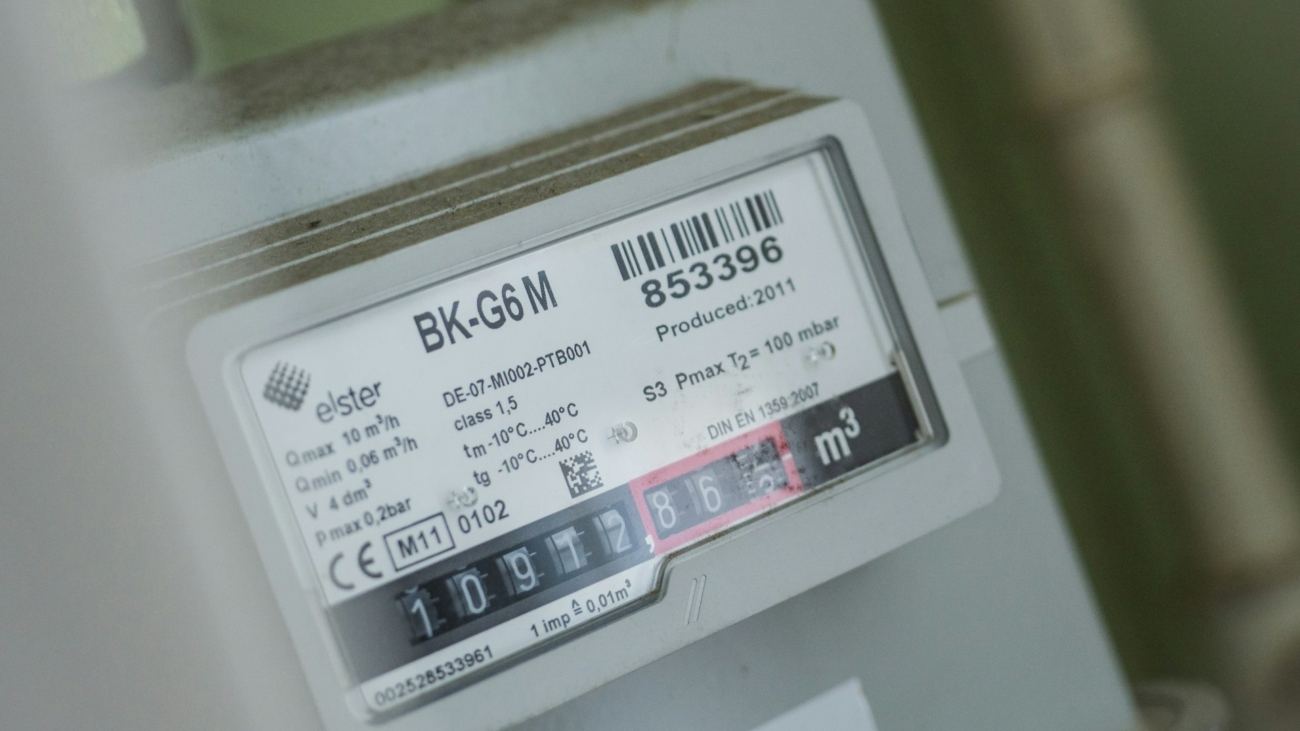India’s renewable energy sector has experienced significant growth over the past decade, driven by ambitious government targets and increasing awareness of environmental sustainability. However, financing remains a critical barrier to the sector’s continued expansion. Despite the growing interest from both domestic and international investors, renewable energy projects in India often face numerous financial challenges that impede their development and scalability.
Addressing these financial hurdles is crucial for the country to achieve its renewable energy goals and transition towards a more sustainable energy future. This article explores the key financial challenges faced by renewable energy projects in India and examines innovative solutions and models that can help overcome these obstacles. By leveraging government support, green bonds, public-private partnerships, microfinance, and international funding, India can unlock the full potential of its renewable energy sector.
Government Incentives and Policy Support for Renewable Energy Financing
Government incentives and policy support play a pivotal role in driving investments in renewable energy. However, the current landscape in India is fraught with challenges such as inconsistent policies, complex regulatory frameworks, and bureaucratic delays. These issues often deter investors and slow down the pace of renewable energy projects. To foster a more conducive environment for investment, it is essential to streamline approval processes and ensure that policies are consistent and supportive.
Enhancing policy frameworks and providing additional incentives can significantly boost investor confidence. Simplifying the regulatory landscape and offering clear guidelines can attract more private investments into the sector. Furthermore, learning from international best practices and adapting successful policy models can help India create a robust support system for renewable energy financing.
Role of Green Bonds in Financing Renewable Energy Projects
Green bonds have emerged as a popular tool for financing sustainable projects, yet their adoption in India faces several hurdles. High issuance costs, limited awareness among investors, and regulatory barriers are some of the key challenges. These factors contribute to the slow uptake of green bonds, thereby restricting the flow of capital into renewable energy projects.
To overcome these challenges, financial institutions can be encouraged to issue more green bonds through supportive regulatory frameworks and tax incentives. Additionally, implementing risk mitigation strategies can make green bonds more attractive to investors. By fostering a favorable environment for green bonds, India can mobilize significant capital for its renewable energy initiatives.
Public-Private Partnerships (PPPs) for Renewable Energy Development
Public-Private Partnerships (PPPs) offer a promising avenue for financing large-scale renewable energy projects. However, the formation of effective PPPs is often hindered by misaligned interests, complex contract structures, and challenges in risk-sharing. These issues can lead to delays and inefficiencies, making PPPs less appealing to private investors.
Creating a clear framework for structuring successful PPPs is essential to address these challenges. This includes establishing transparent bidding processes, defining clear risk-sharing mechanisms, and offering long-term contracts that provide stable returns. By fostering a collaborative environment, PPPs can drive significant investments and accelerate the deployment of renewable energy projects in India.
Microfinance and Community-Based Financing Models
Microfinance and community-based financing models have the potential to support small-scale renewable energy projects, especially in rural areas. However, high interest rates, lack of collateral, and limited financial literacy pose significant barriers to accessing microfinance. These challenges often prevent rural communities from benefiting from renewable energy solutions.
Innovative microfinance models and community-based financing solutions can bridge this gap. Cooperative banks and crowdfunding platforms can provide accessible financing options tailored to the needs of small-scale projects. By empowering local communities and enhancing financial literacy, these models can facilitate the widespread adoption of renewable energy in rural India.
International Funding and Investment in India’s Renewable Energy Sector
Attracting international funding is crucial for scaling up renewable energy projects in India. However, foreign exchange risks, political instability, and regulatory uncertainty are major deterrents for international investors. These challenges must be addressed to create a more inviting investment climate.
To attract more international investment, India needs to implement risk mitigation instruments such as insurance and guarantees. Improving the ease of doing business and ensuring a stable regulatory environment can also enhance investor confidence. By addressing these challenges, India can tap into global capital markets and drive substantial growth in its renewable energy sector.
Conclusion
The financing of renewable energy projects in India is a complex challenge that requires a multifaceted approach. Government incentives, green bonds, public-private partnerships, microfinance, and international funding each offer unique solutions to the financial barriers faced by the sector. By addressing these challenges through targeted policies and innovative financial models, India can significantly accelerate its transition to renewable energy.
The future of India’s renewable energy sector hinges on the ability to mobilize sufficient capital and create a supportive investment environment. With the right strategies in place, India can overcome its financial hurdles and achieve its ambitious renewable energy targets. The continued growth and success of this sector will play a critical role in ensuring a sustainable and prosperous future for the country.

